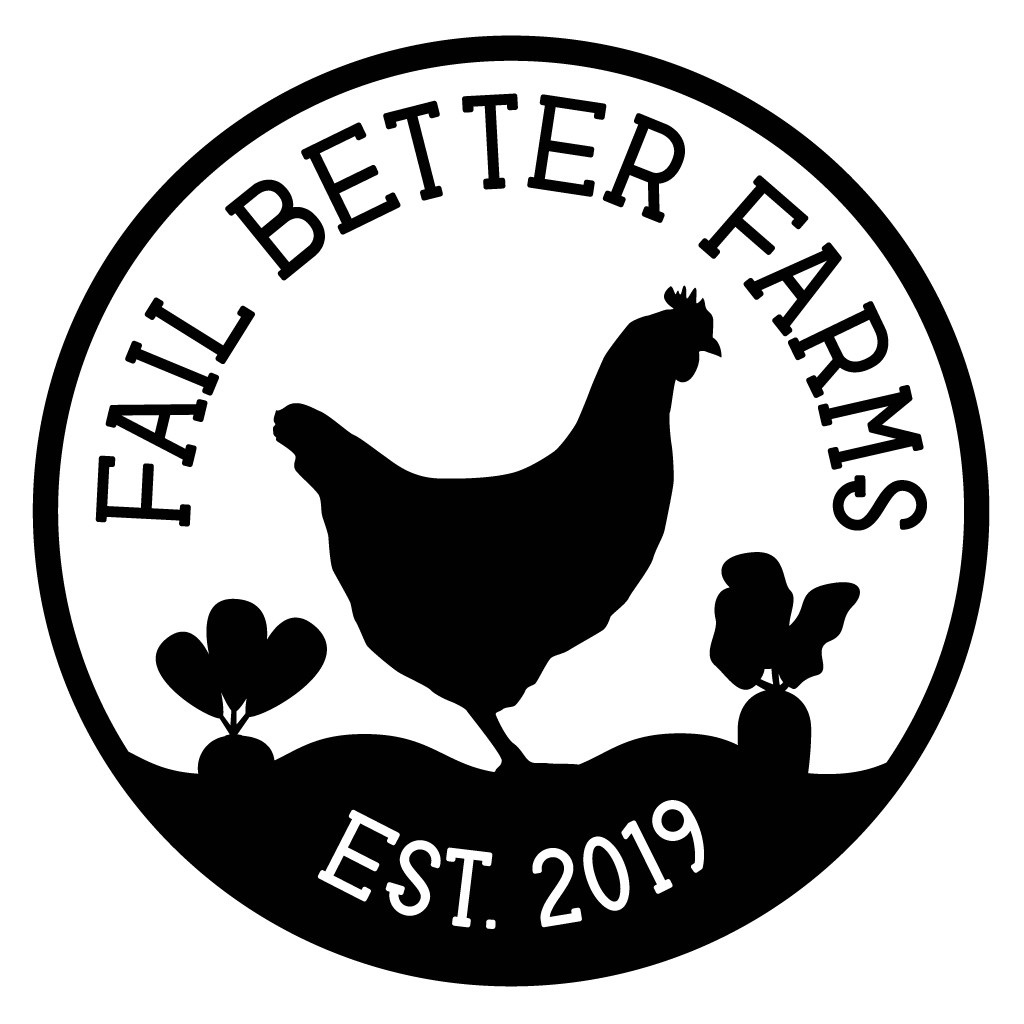DISCLOSURE: THIS POST MAY CONTAIN AFFILIATE LINKS, WHICH MEANS I MAY EARN A COMMISSION IF YOU CLICK A LINK AND MAKE A PURCHASE. FEEL FREE TO CHECK OUT MY DISCLOSURE POLICY FOR MORE DETAILS.
We’ve been raising egg-laying chickens for several years now, so we’ve made enough mistakes and learned enough lessons to feel confident to share our process.
Different Stages of Birds
BABIES! We receive a new batch of chicks every year between January - March. In this early stage of life, our sweet chicks need be kept warm and protected, so we raise them in a barn stall with heat lamps and a lot of attention. Starting the birds early in the year is key because they grow up before snakes come out of hibernation. (We learned that the hard way.)
TWEENS! When our girls are about 3 or 4 months old, it’s warmer outside, and they’re smarter and more resilient, so we introduce them to a chicken coop that’s half walled and half chicken wire. This acclimates them to the idea of being outside without letting them roam free.
TEENS! When our pullets are able to fly up to roost, they need their wings clipped. After clipping their wings, we open an exterior door on their chicken coop to give them access to lush pasture when they want it. (See “Clipping Pullets’ Wings” video below.)
ADULTS! Once our girls start laying eggs (around 5 months), we introduce them to the flock of egg-layers that are rotationally grazing on pasture with 24 hour access to a chickshaw. Drama ensues as a literal pecking order is established. The rooster is thrilled at his growing harem. Eggs are collected at least daily so there is no chance of incubation.
What is Rotational Grazing?
Rotational grazing is a natural pattern where all parties involved benefit from controlled periods of intense distubance followed by a year long period of rest after the disturbance has passed. A Zimbabwean ecologist/livestock farmer named Allan Savory (see TED Talk below) made a crucial observation while watching the herds of herbivores on the plains of Africa. He noticed the landscape sprang back to life following the intense disturbance of grazing herbivores eating and pooping on a single piece of land. Just when the landscape looked like it was getting degraded, the predators push the herd forward, leaving the land the rest of the year to rejuvenate. Other animals followed the herd, making easy meals of maggots in poop and scattering the fertilizer as they gleaned. Allan applied this observation to his livestock operation and found that the process was transferable.
Why We Rotationally Raise on Pasture
Rotationally raising chickens on pasture serves many purposes. Everybody on the farm is benefiting from everybody else. Our chickens follow in the wake of the rotationally-raised pigs. It works like this: pigs get fresh ground to eat grubs and roots and grass, spreading fertilizer (poop) the whole time. As soon as the ground has been significantly disturbed by the pigs, they are moved to a new fresh piece of pasture to repeat. The chickens move onto the land the pigs just vacated, where the birds truly free-range to eat a balanced diet of protein (bugs) and greens (grass, weeds, seeds, etc.). All the while our customers are benefiting from the heightened nutritive value of the eggs being produced.
How we Clip Pullets’ Wings
Watch the video below to see how we prepare our birds to live on pasture.
Check Out Allan Savory’s TED Talk
Watch minutes 8:30-12:45 if you don’t have time to watch the whole video.
